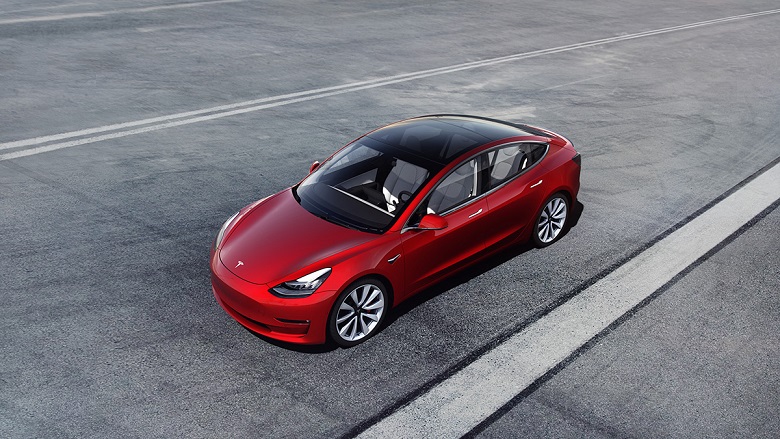Silicon carbide: driving package innovation

Earlier this year, Yole Developpment analyst, Hong Lin, revealed how the in-flux of wide bandgap semiconductors to electric and hybrid electric vehicle markets is driving the development of new power module packages.
As she tells Compound Semiconductor, more than twenty automotive companies are already using silicon carbide Schottky barrier diodes or MOSFETs in DC-DC converters, the main inverter and onboard chargers, fueling 29% CAGR from 2017 to 2023.
What's more, in the short-term, nearly all automotive manufacturers have programmes to implement SiC into the main inverter.
However, all good power devices need a good package to perform, and without a doubt, packaging has long been a bottleneck for wide bandgap device applications.
The packaging of SiC power devices has relied heavily on the same wire bonding approach used in silicon MOSFETs and IGBTs, largely because of its ease-of-use and low production costs.
But while this suits the tens of kHz switching frequencies demonstrated by silicon devices, hit the much higher MHz speeds of SiC systems and parasitic inductances pose a problem.
Parasitic inductance in the power module induces high voltage overshoot and ringing on switching devices, which then increases the device switching loss and EMI emission from the modules.
Couple this with the fact that the operating temperatures of SiC device packages now reach a scorching 225ºC, and the likes of Wolfspeed, ROHM, Infineon and GeneSiC have been busy pioneering new packaging structures to better handle the extreme switching speeds and temperatures.
Wide bandgap semiconductors demand new package designs.
At the same time, innovations, such as the use of copper connections and silver sintering joints instead of aluminium wire bonds and solder joints, have also emerged.
"Packaging-induced noise has a huge impact on device performance," highlights Lin. "And so researchers have been working on reducing the inductance of the package, with many companies developing different types of packaging for this."
The recent SiC-based inverter, developed by ST Microelectronics for Tesla's all-electric Model 3, is a shining example of such innovation.
The inverter comprises 24 power modules, assembled on a custom-design 'pin-fin' heatsink. Each module contains two SiC MOSFETs with a novel die attach and connected directly onto the terminal with copper clips. Meanwhile a copper baseplate provides thermal dissipation.
"Tesla is one example but almost all OEMs for car manufacturers have been looking at SiC technologies here, and each car company will adopt SiC at its own pace," says Lin. "Mitsubishi Electric is another important player here, and has been providing lots of innovation in automotive as well as rail markets."
Pick and choose
Still, automotive manufacturers remain technology-agnostic, keen to implement cost-effective, reliable systems be they based on silicon or SiC.
"All silicon power device suppliers have a silicon carbide programme and are also looking at a gallium nitride programme," comments Lin. "And there is not a packaging technology that we can say is only used in compound semiconductor-based systems."
"These traditional silicon power device manufacturers also have a lot advantages over newer start-ups," she adds. "For example, they understand packaging technologies very well and have a broad knowledge of applications and what a design needs... and of course they can leverage their internal capacity to take advantage of market growth."
Indeed, looking to the future, Yole Developpment has forecast that the entire power module market will exceed $5.5 billion come 2023. "The industry is in an emerging stage right now with many companies proposing many different types of packaging," says Lin. "The type of package also depends on its applications, and we can expect to see more and more customer designs being delivered to industry in the next few years."



































